|
Best wishes to you for a Happy Thanksgiving! The bird below is one of a flock of wild turkeys reintroduced to the Catalinas some years back. This photo was taken in April of 2010. For more on wild turkeys follow this link. Wild turkeys roost in trees at night - in this case the bird was treed during the day by a small barking dog.
0 Comments
On Friday November 20th, I returned to the Wetlands again, this time bringing my wife and master bird spotter. The following images were captured that morning. Again, we did the best we could to identify what we saw and photographed, but no guarantees! A Vireo and a Phoebe
Green HeronAbove, a Green Heron, sitting on a snag at the edge of the water. One of the better shots with a reasonably clean background. The vegetation is a mixed blessing. When out of focus it can create rich backgrounds, but when close to the subject it creates visual distractions, and gives the autofocus in my Canon/Sigma rig fits. During the morning I resorted to manual focus several times, with mixed results. Great Egret in flightThis Egret arrived, as usual, unannounced, a passing player on the stage. I caught 19 frames on the fly, these two are reasonably sharp, and have the advantage of the Catalina range to the northeast in the background. Cooper's Hawk
Great Horned Owl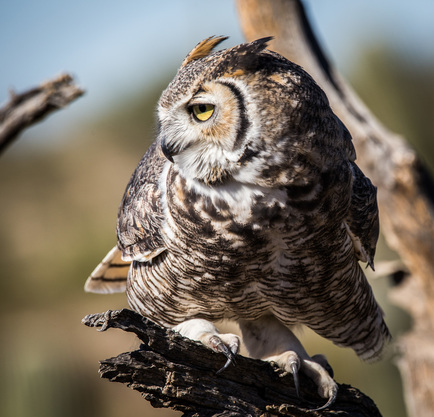 Visitors can view the flights from a central viewing area, right next to dead trees (snags) where the birds land, or from an elevated stand at the Cat Canyon exhibit. The critter to the right is a Great Horned Owl, and flew at 10 am. I was standing in the central viewing area, right next to the snag, and if I had any photographic challenges, it was being too close, and not remembering to zoom out. The "horns" are feather tufts of unclear use, and move easily in the wind. For more see the Cornell Lab of Ornithology website. Great horned owl. The owls eyes are fixed in the skull, and cannot move as ours do. Therefore the owl moves its head when it want to move its eyes, easy to observe at this close distance. To better see prey and predators, the head can rotate 270 degrees. Prairie FalconAlso flying at 10am was the Prairie Falcon. In the photo above the bird has landed on a snag and is grabbing the meat used as the reward for landing. The shot below is after he had gulped it down, and it looking for new feeding opportunities. For more details, see Cornell Lab of Ornithology Barn OwlThe afternoon flights included a Barn Owl, apparently held for the afternoon show because one of its predators is the Great Horned Owl. You think you have tough Thanksgivings, image the two of them at the same table! I shot the afternoon session from the Cat Canyon overlook, to try to get birds in flight. Focus is a big issue in free flight, as well as distance. This was one of two photos with reasonable focus and detail. Note how big the head appears - the skull in fact is narrow with large eye sockets, and the mass we see is feathers to train sound to the ears. See this description on the Museum website. Barn Owl landing. Usually hunts at night in complete darkness. Asymmetric ear openings allow it to triangulate to find prey in the darkness, often mice. Barn Owl examining its "prey." View of the mountains to the south of the Museum. They offer memberships with lots of great perks, including free coffee!
Here are four photos from the morning. My thanks as always to my wife DJ for her help in identifying the birds. Disclaimer: I am first a photographer, and second a birder. No guarantees that I have correctly identified all birds on this website, but gosh, I (we) try hard! Great Egret which swooped down on the marsh about 8:30 am. As always, tough to capture on the fly and get in focus, but this one was the best of the lot. Canon 6D with Sigma 150-600 mm C series, ISO 125, 600 mm, f 8.0, 1/640. Little Blue Heron, shortly after 8 am. The vegetation in the wetlands is outstanding, and makes for great backgrounds. A Green Heron walking along the edge of the reeds. Appears to be a juvenile. Looks like he belongs in a Disney/Pixar feature. "Audubon's" Yellow-rumped Warbler, shot shortly before 9 am at considerable distance. Lots to see in the wetlands, but much of it is not really close. Bring your binoculars and long lenses.
This past week I rode along with some friends to the White Water Draw in NcNeal Arizona, just east of Tombstone.. This is a combination of a shallow lake and wetlands that were formerly part of a large cattle ranch. For more information, see these links: The White Water Draw is a great place to see Sandhill Cranes in the winter months. Last Tuesday was a windy day, limiting the number of birds in flight, with the cranes hunkered down for the most part. However, we did see a Northern Harrier Hawk on the hunt, photos below. I am not sure if this is a male or female. The Cornell Ornithology Lab site shows Arizona as part of their winter range. This hunt was successful, but I was unable to catch any good shots with a critter in the birds claws. All photos shot handheld with a monopod and shoulder stock, Canon 6D with a Sigma 150-600 Contemporary series, at 600 mm, f 9.0, 1/2500 second, ISO 800. I picked up more noise at ISO 800 than I expected, and keeping the bird in focus was a challenge. Post-production processing in Adobe Photoshop Lightroom. There should be more cranes and migrating birds in January
First post - a test of concept!
Beautiful day on Mt. Lemmon. There was a dusting of snow this past week - some of the roofs in Summerhaven still have some traces. A few trees came down. More soon! |
AuthorHenry Johnson, photographer and author of this site. For more detail, see About
Categories
All
Archives
July 2024
|
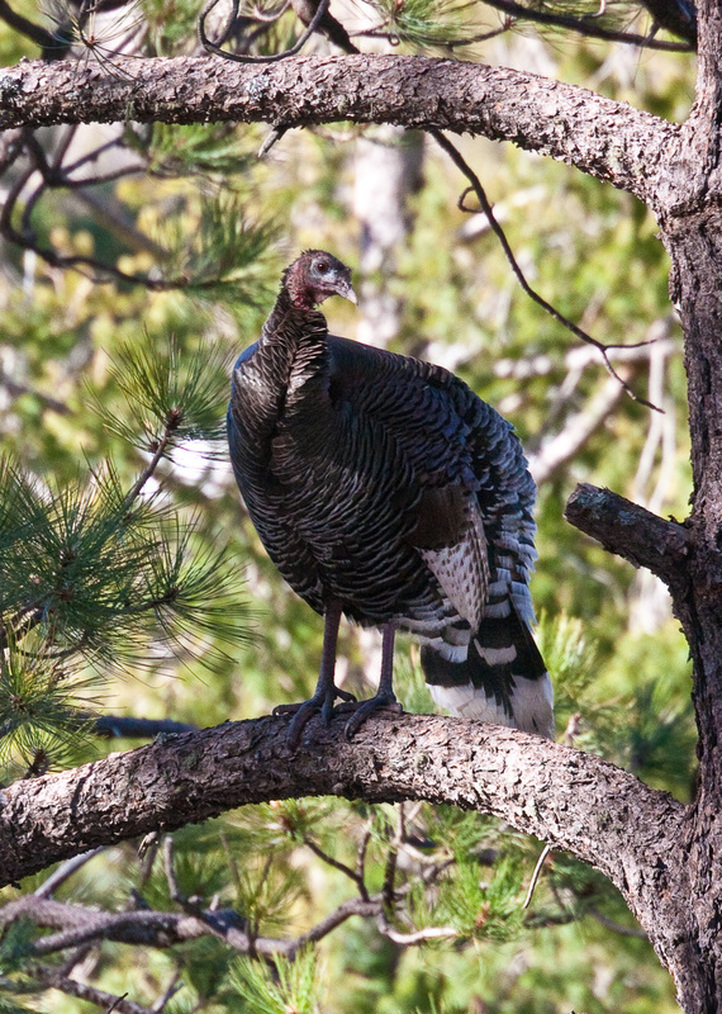
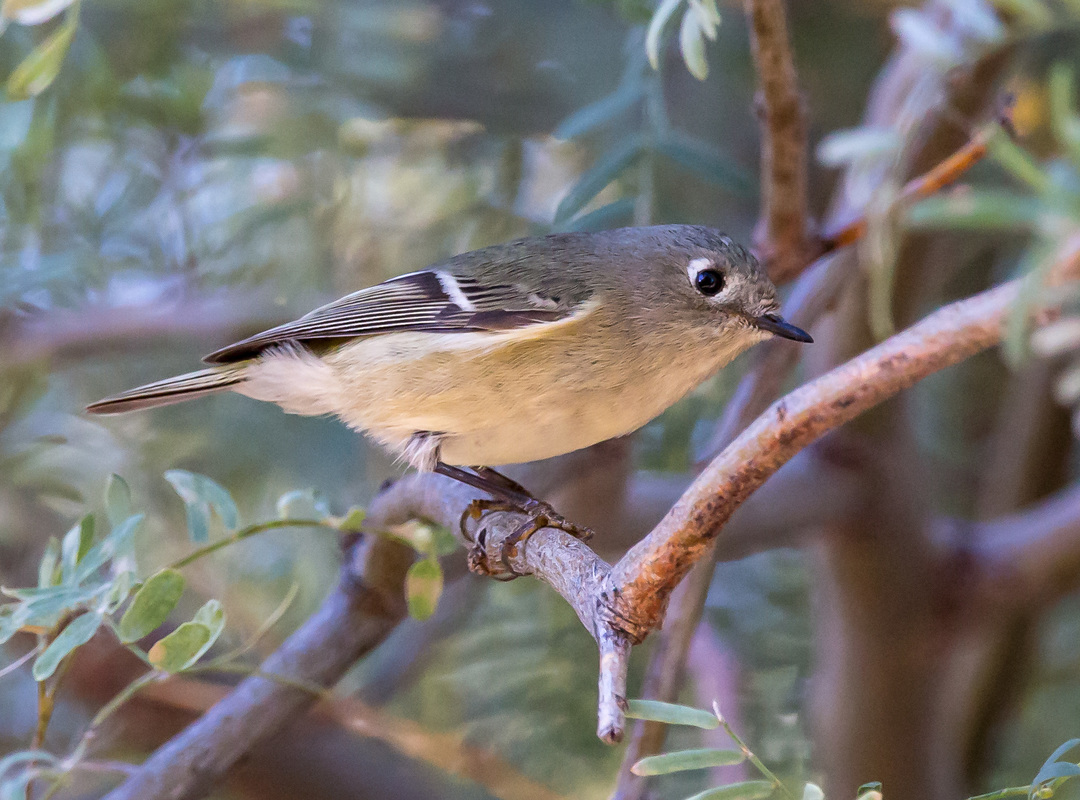
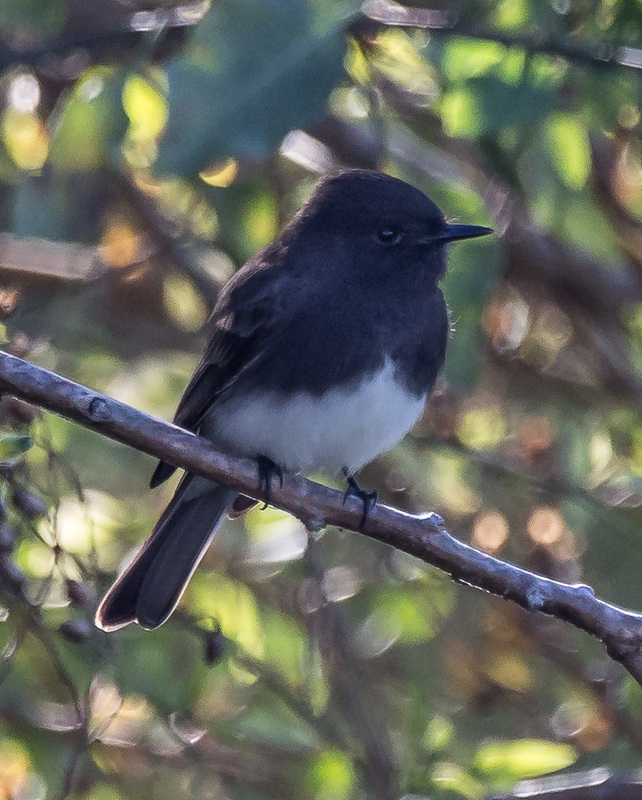
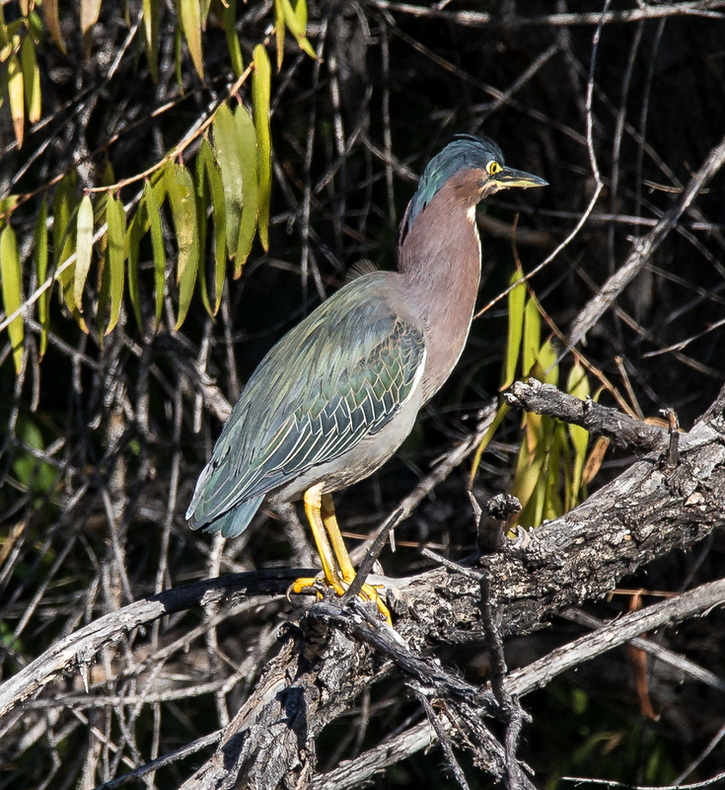
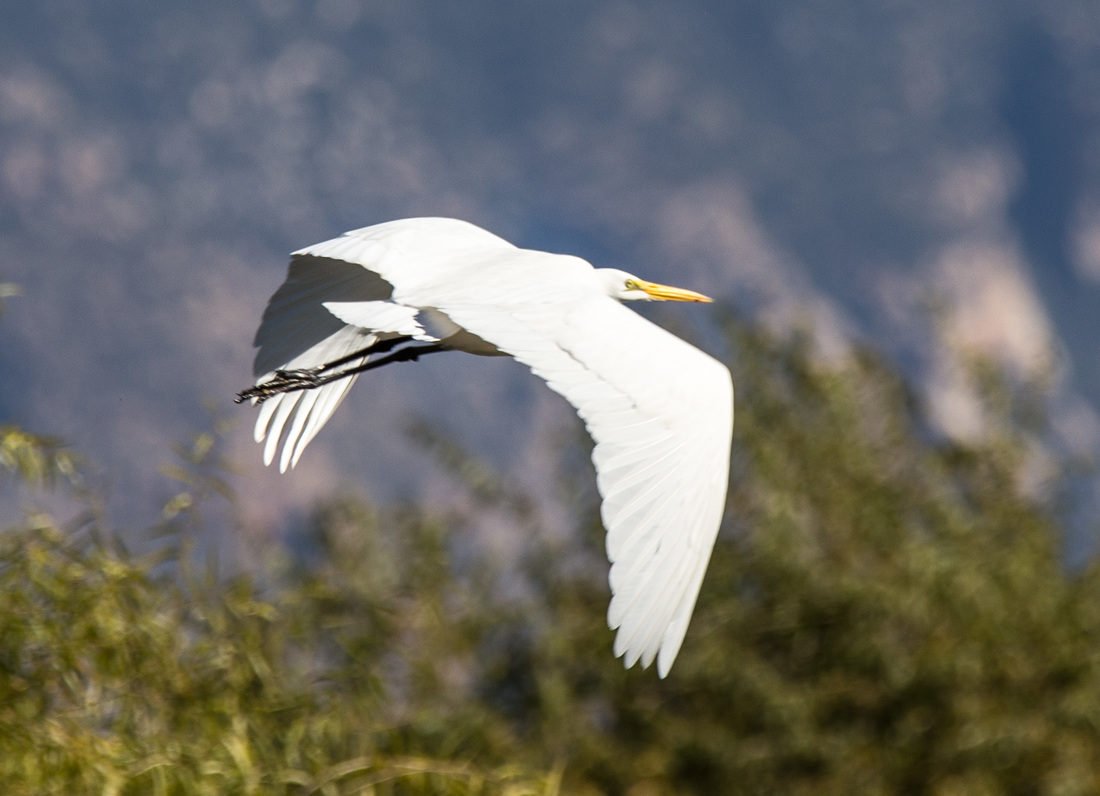
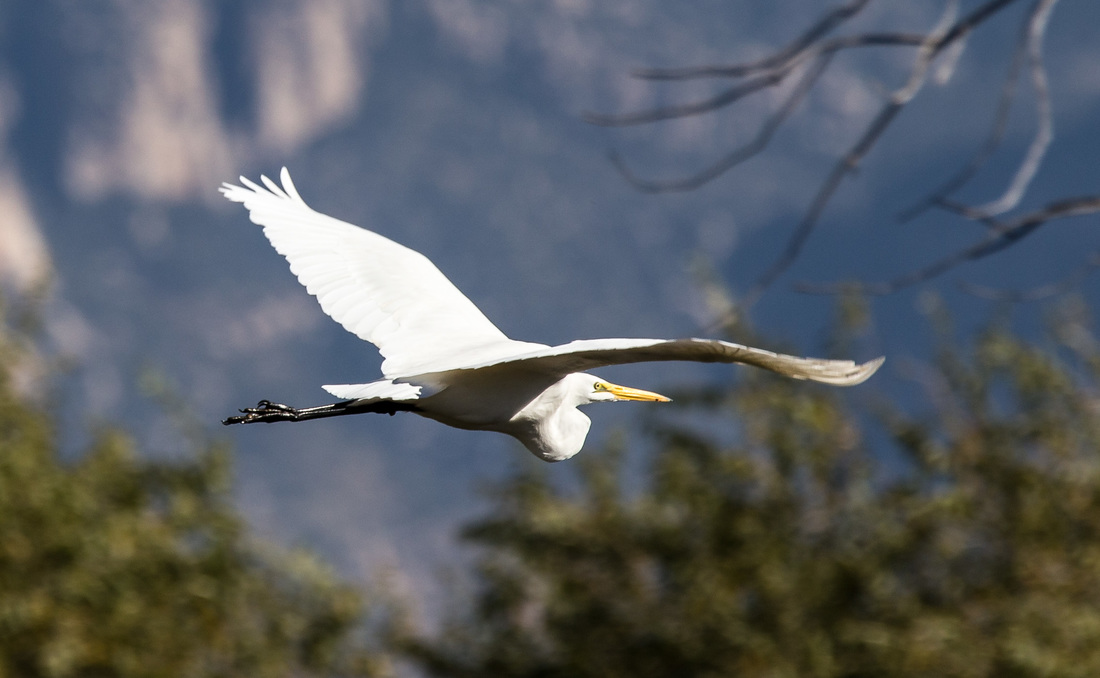
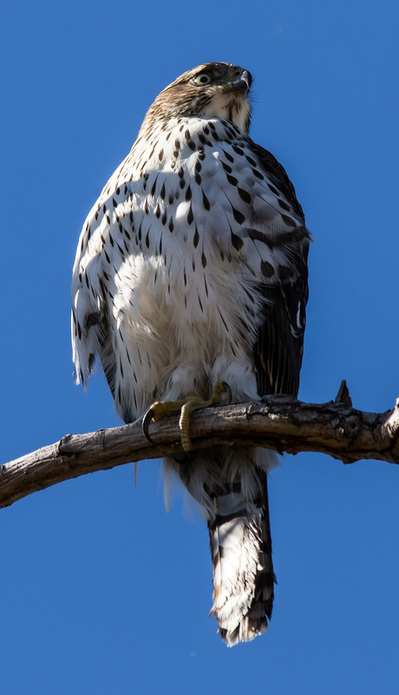
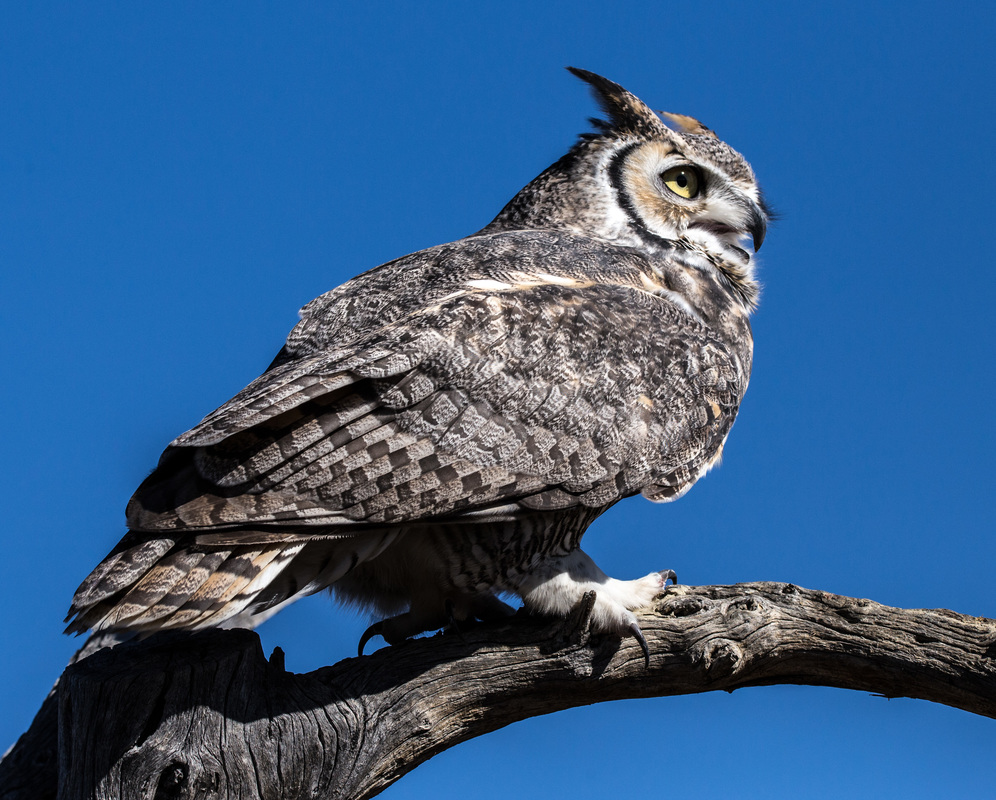
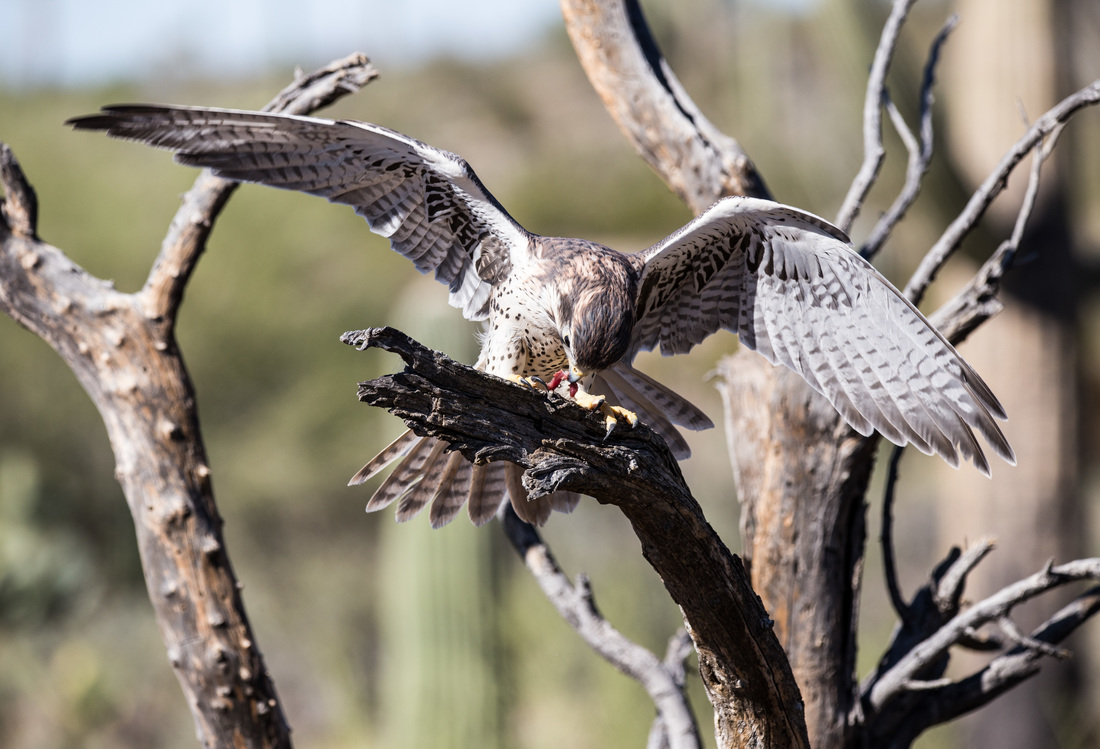
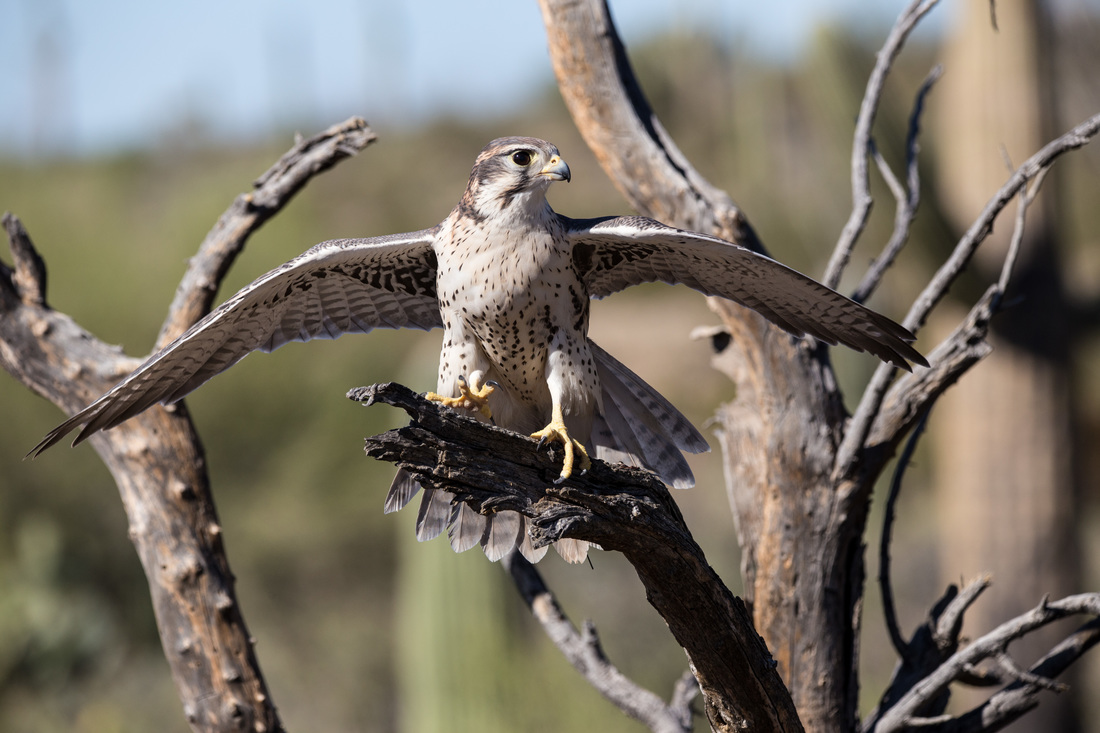
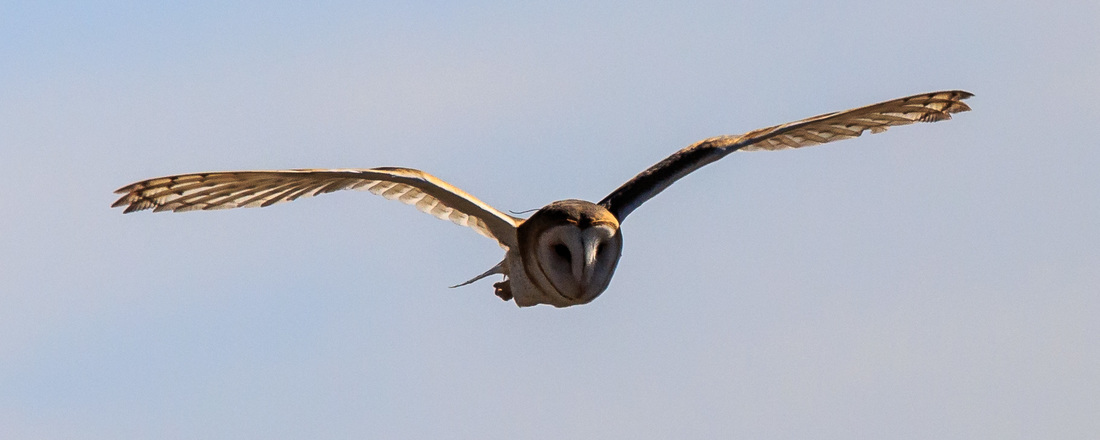
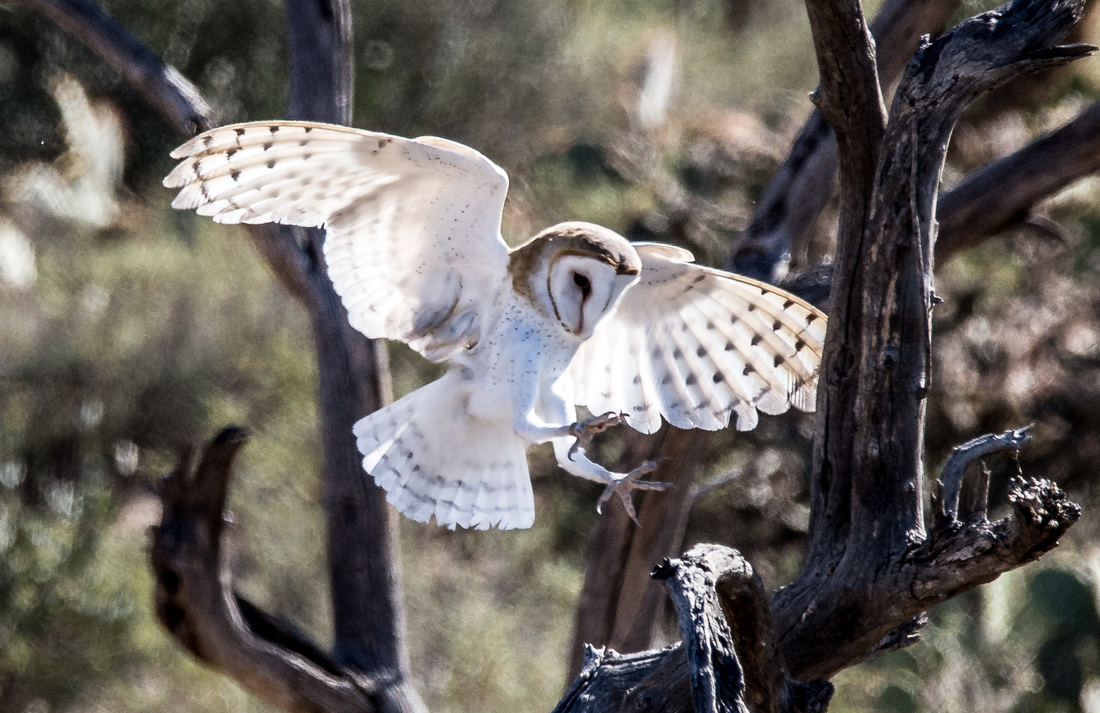
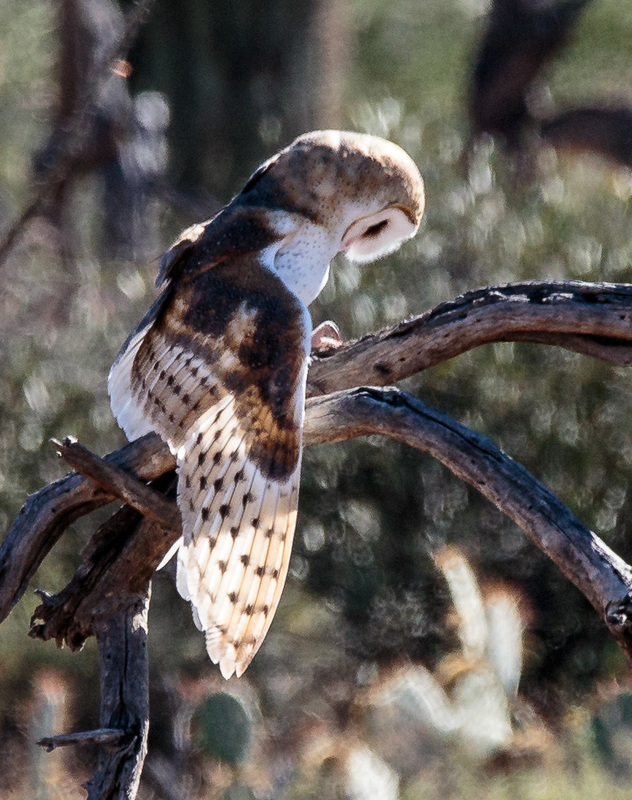
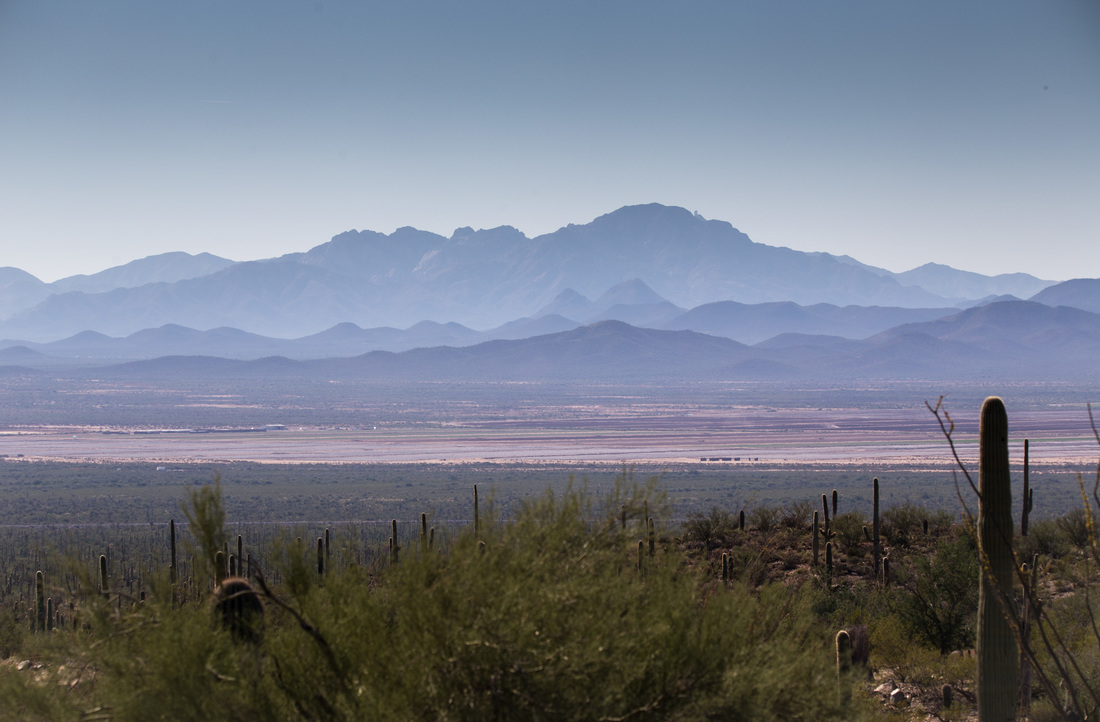
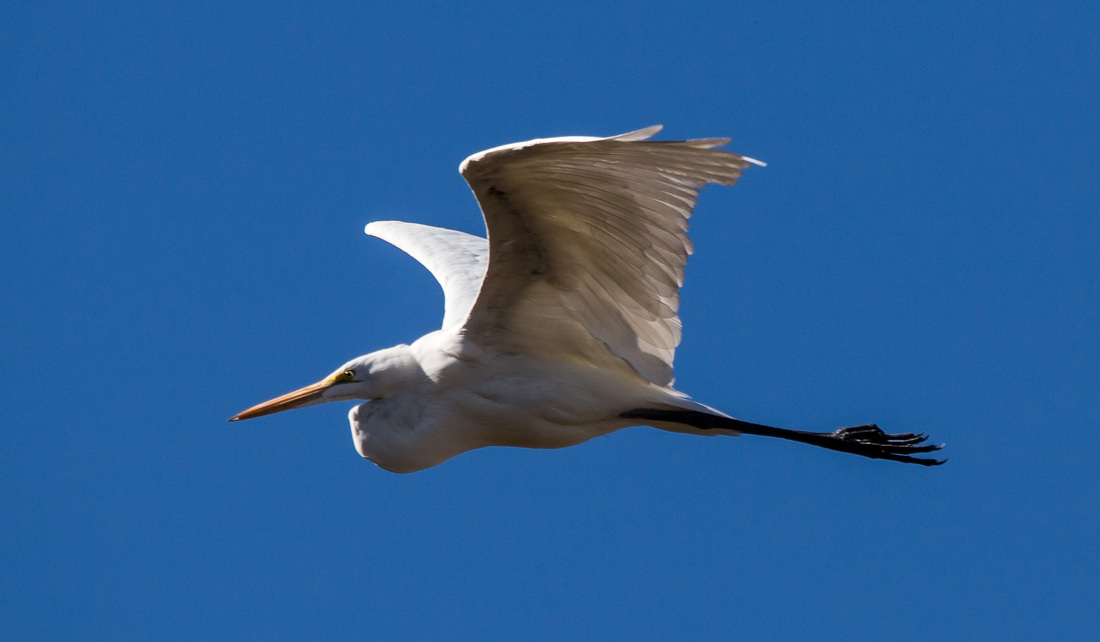
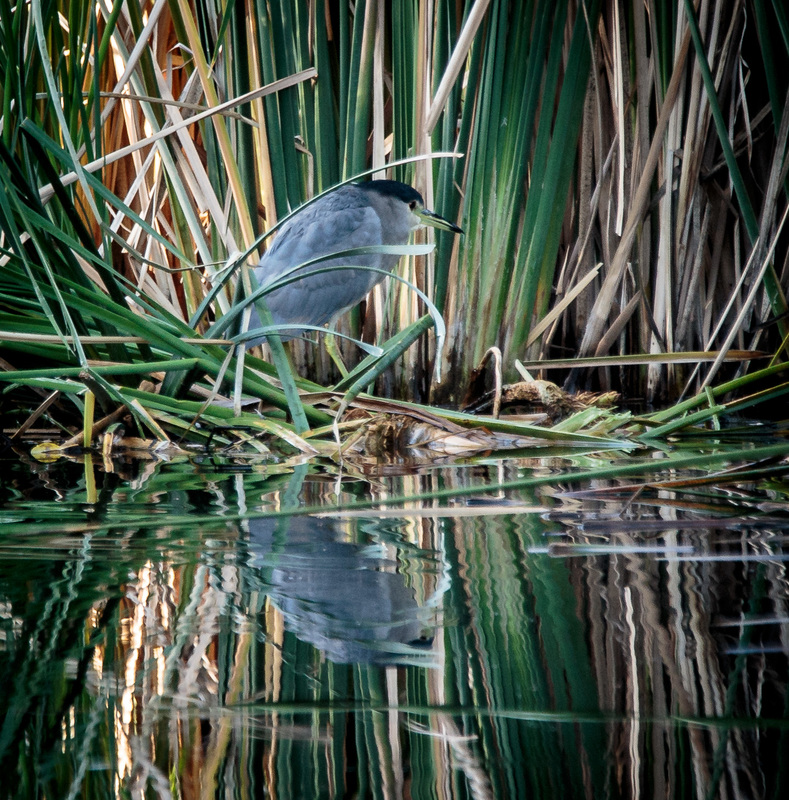
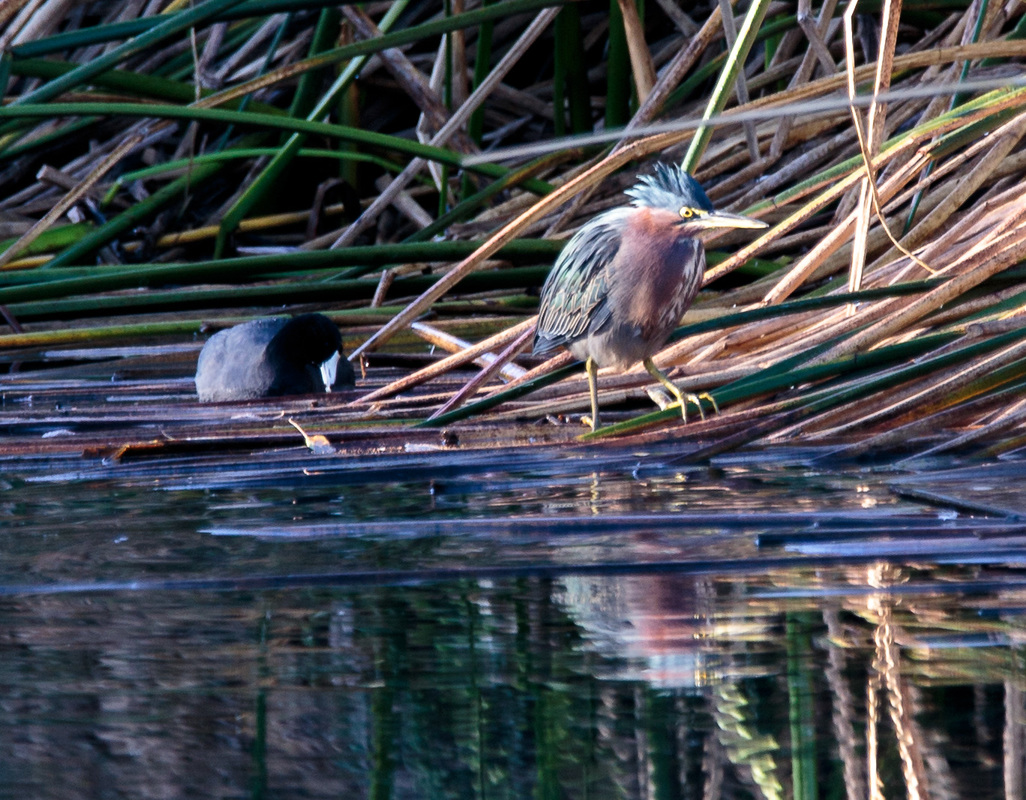
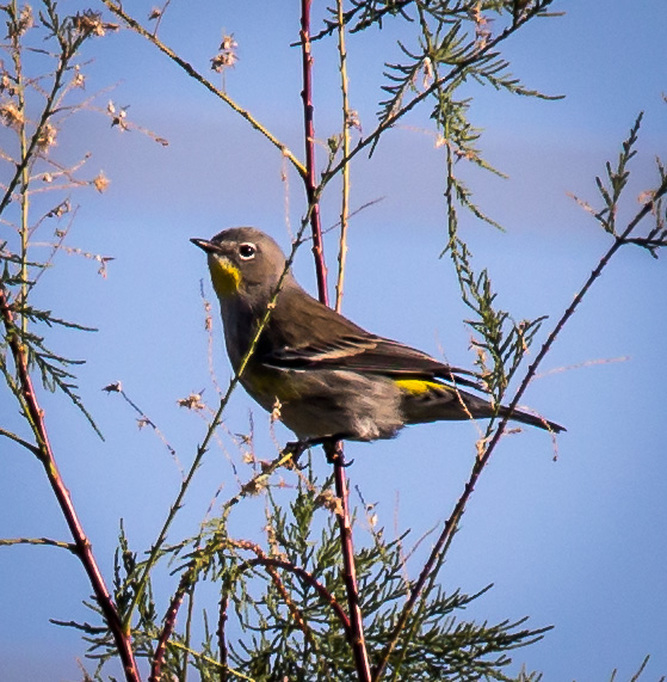
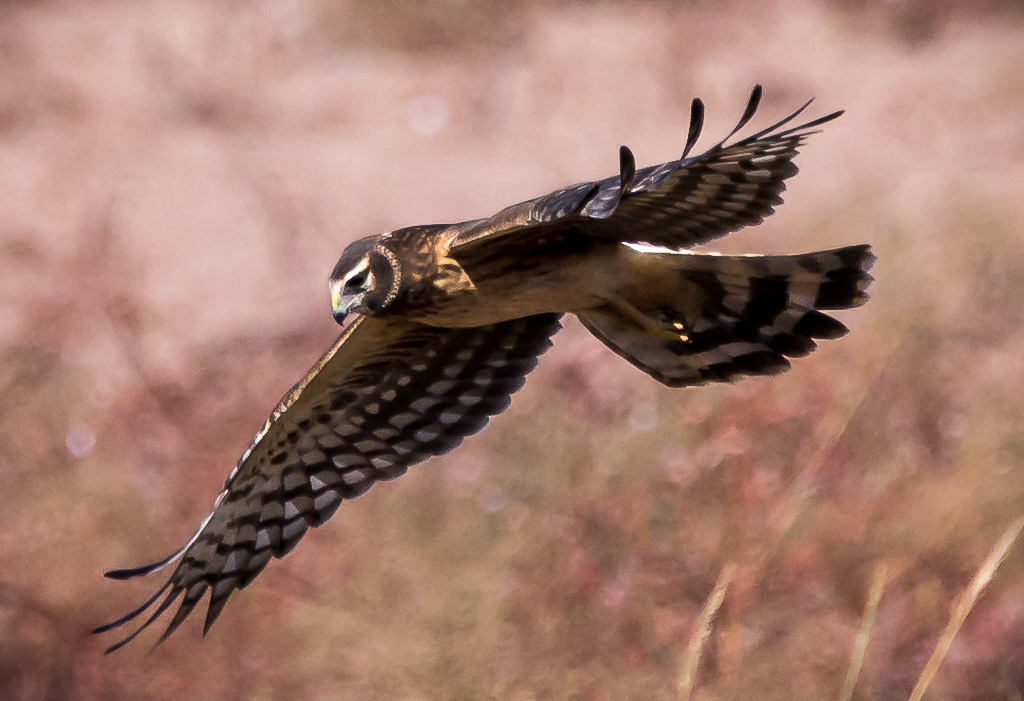
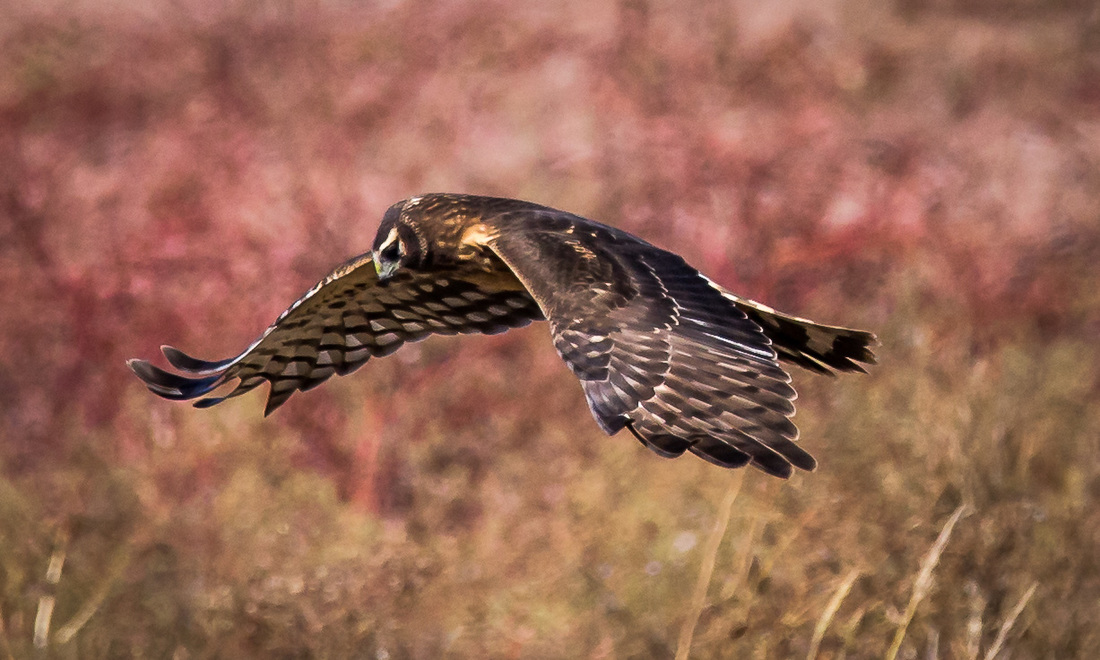
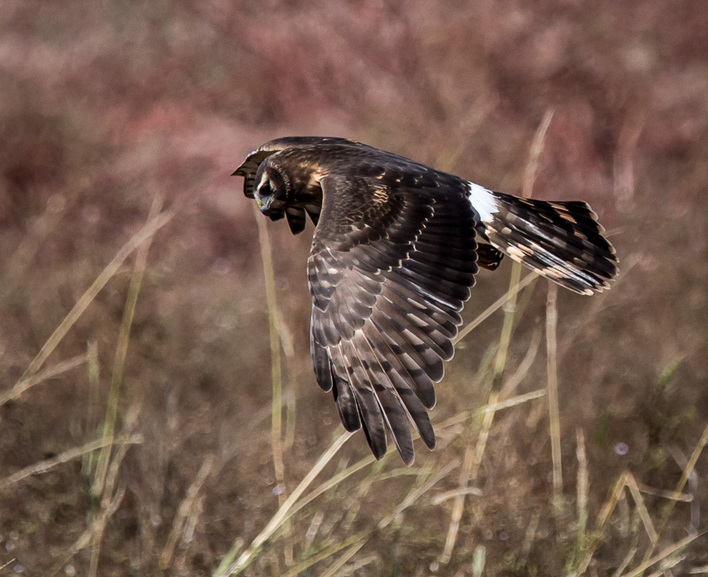
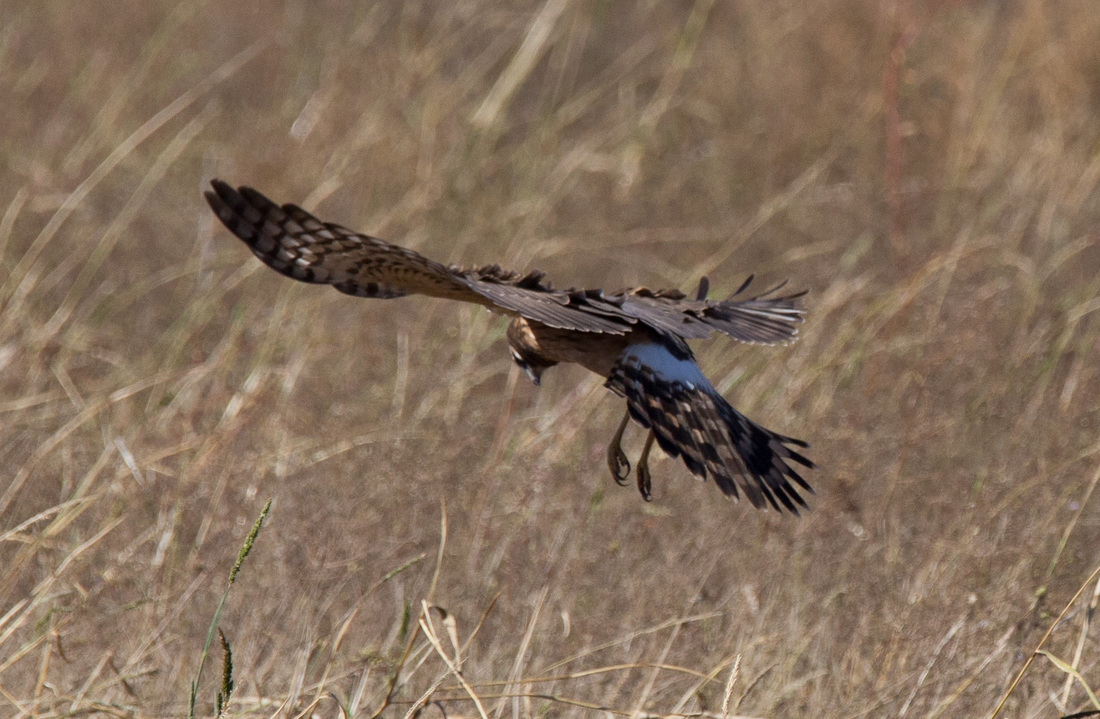
 RSS Feed
RSS Feed